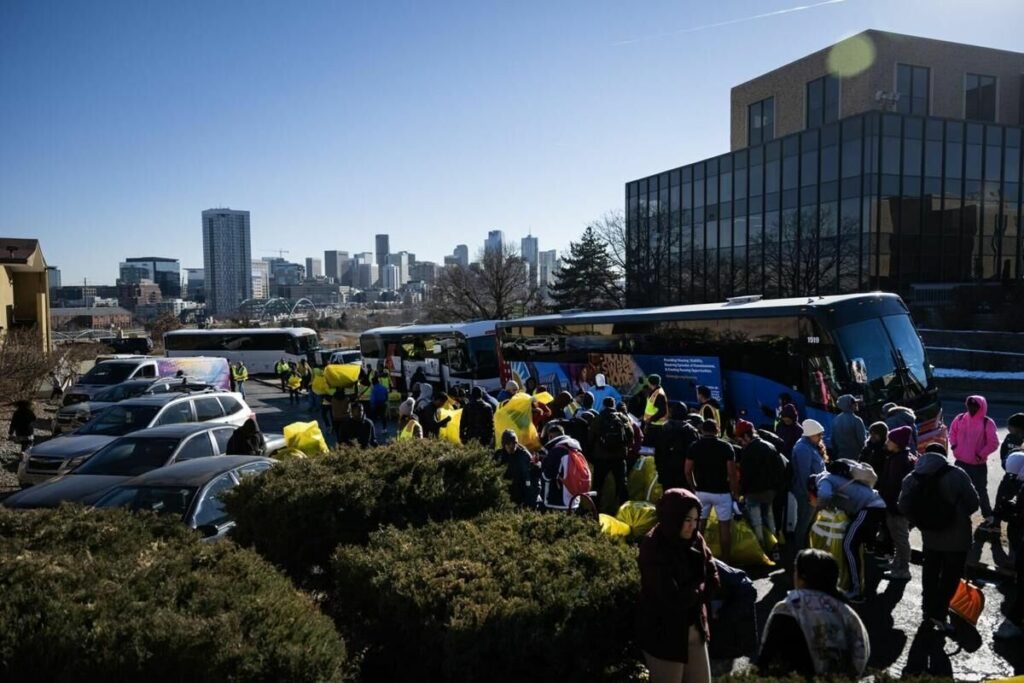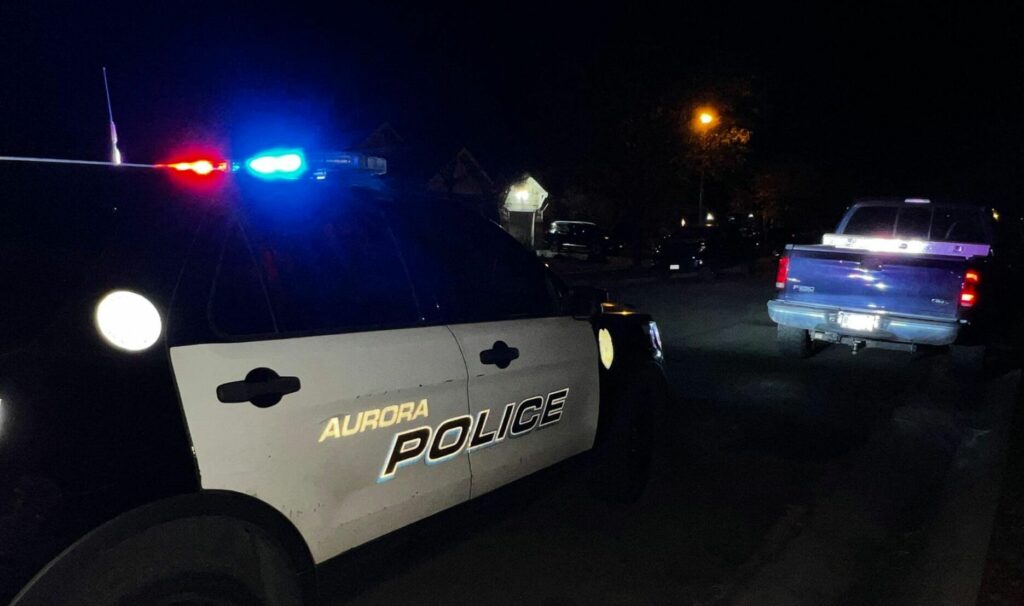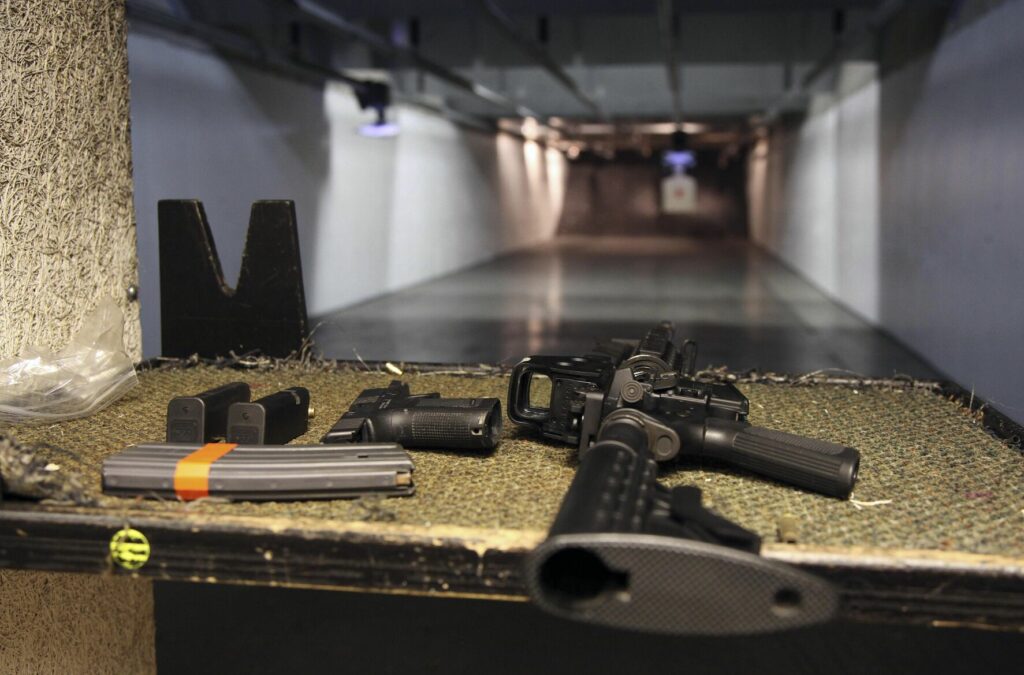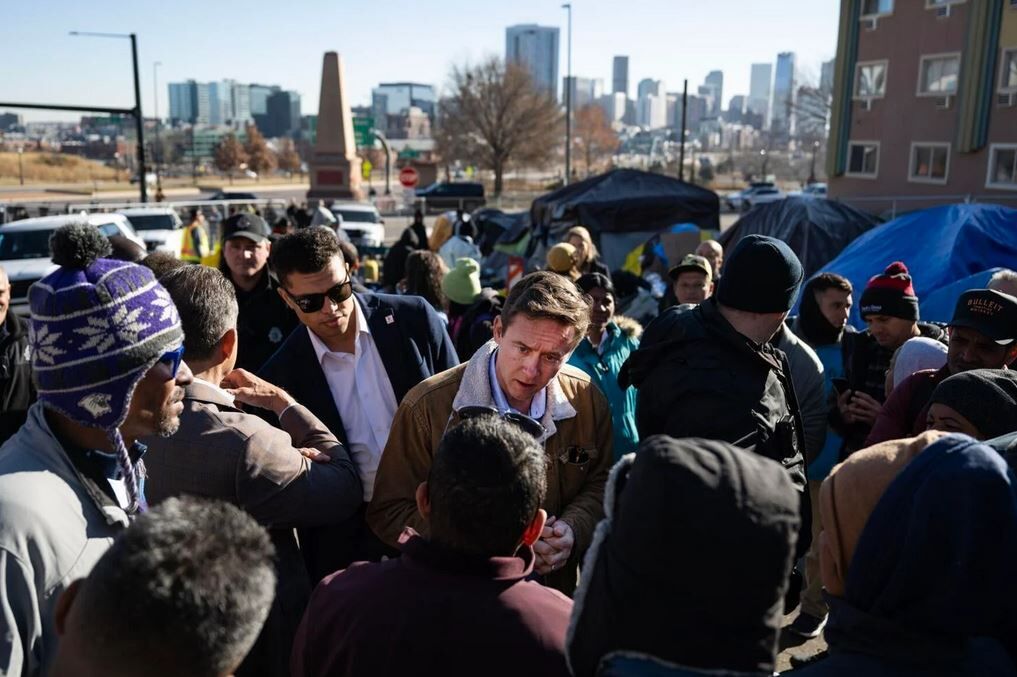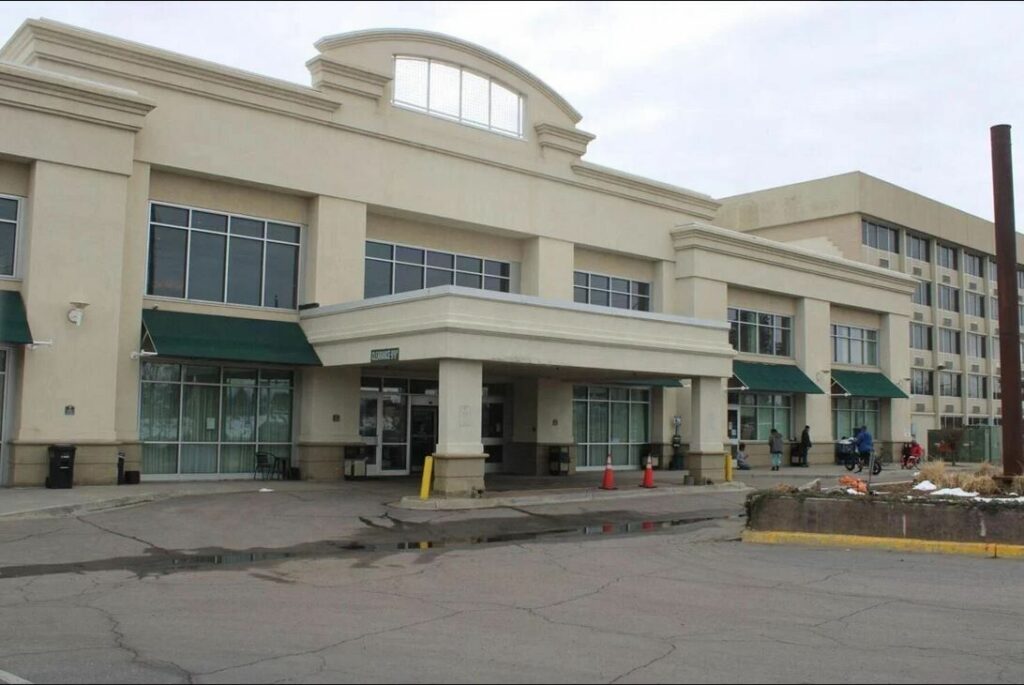Domestic violence’s toll on Colorado | Denver Gazette
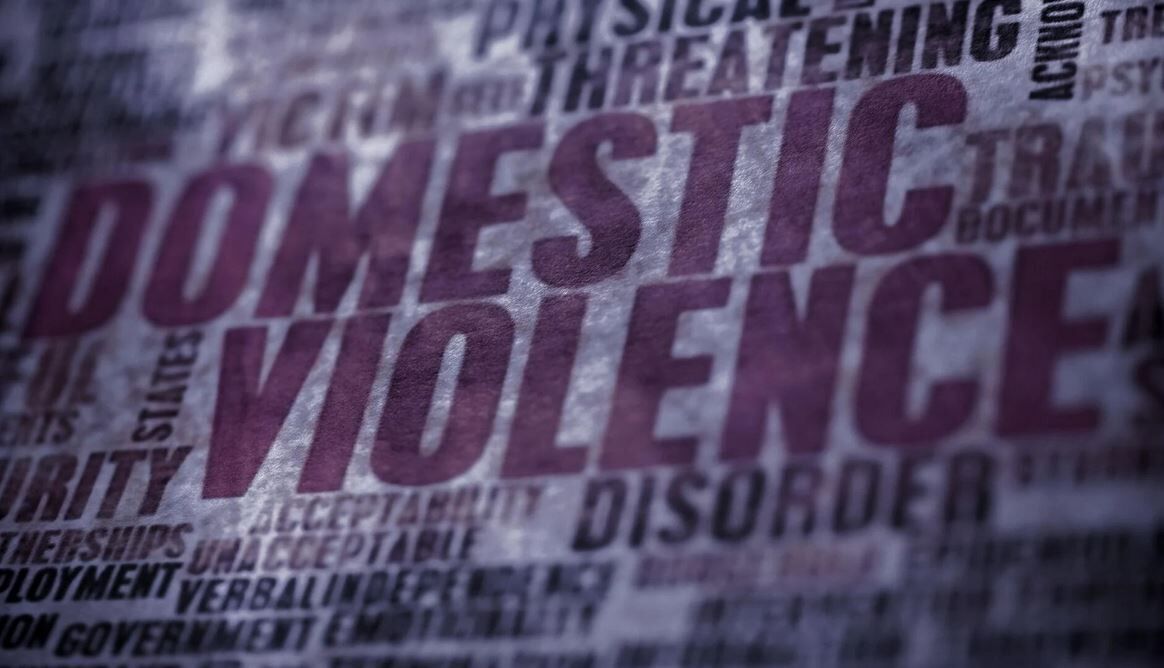
Home should be a sanctuary, a place that is safe from danger and trauma. But that is not true for many in our state. The recent mass shootings, Congress’ dysfunctional issues and inflation woes dominate the news while many disturbing scenarios play out behind closed doors.
The things that happen behind closed doors to families can be horrific and sometimes deadly. Because of the stigmas attached to domestic violence, victims often suffer in silence, many for years and some until their death.
We call it domestic violence, but those words don’t capture the pain, the danger and the overwhelming despair for adults and children. Nearly 20 people per minute are physically abused by an intimate partner in the United States. During one year, this adds up to more than 10 million women and men.
It is something that has plagued our nation for decades, but a recent report by the Colorado Domestic Violence Fatality Review Board shows domestic violence incidents surged in Colorado in 2021, with at least 91 people killed statewide.
On Mother’s Day in 2021 in Colorado Springs, a victim was shot and killed by her boyfriend when he came to a family birthday party and began shooting partygoers. The boyfriend also shot and killed the victim’s sister, her brother, her brother-in-law, and her brother-in-law’s brother in addition to their mother, before killing himself. Three children hid in a bedroom and witnessed the shooting but were not physically injured.
Just this month, a man involved in a custody dispute killed his 5-year-old son and then himself in Teller County. Only months earlier, a murder-suicide left a married couple dead, also in Teller County.
Domestic violence numbers were particularly high in El Paso (28) and Denver (20) counties. This crisis is right in our backyards.
The Colorado Domestic Violence Fatality Review Board’s report made some recommendations:
Judicial officers are in a unique position to intervene and respond to domestic violence and should receive sufficient training in the social science behind domestic violence while staying informed of applicable domestic violence treatment and solutions.
Because 80% of the domestic violence fatalities involved firearms, officials should attempt to restrict access to firearms by those involved in domestic abuse situations. Some offenders do not admit to having firearms, which further complicates the issue. Investigators are asked to proactively implement firearm relinquishment.
There are several resources to address this crisis:
The National Domestic Violence Hotline: If you’re in a domestic violence crisis and need immediate help, call 800-799-7233 to connect with local emergency resources or chat online at https://www.thehotline.org/
Violence Free Colorado: Formerly the Colorado Coalition Against Domestic Violence, the organization can connect with resources in your area. Visit violencefreecolorado.org for more information.
TESSA: Domestic violence victims in El Paso and Teller counties can access a variety of support services, including crisis intervention, counseling, housing and legal advice. TESSA’s local safeline is 719-633-3819. More resources can be found on its website, www.tessacs.org/
SafeHouse Denver was one of the first domestic violence shelters in the nation and offers an emergency shelter, a nonresidential counseling and advocacy center and an extended stay program. 303-318-9959.
Denver Gazette Editorial Board




